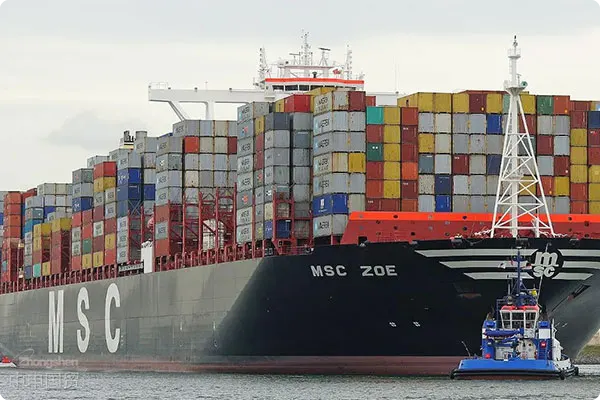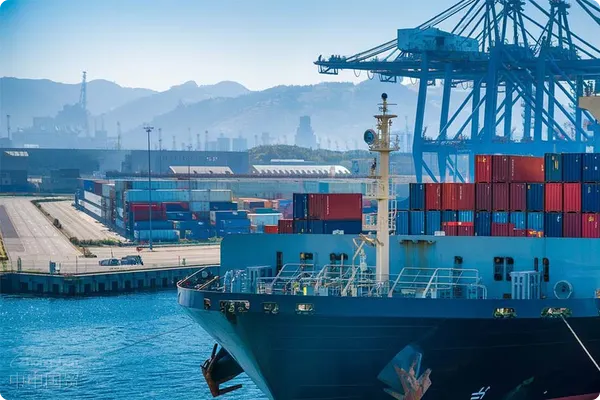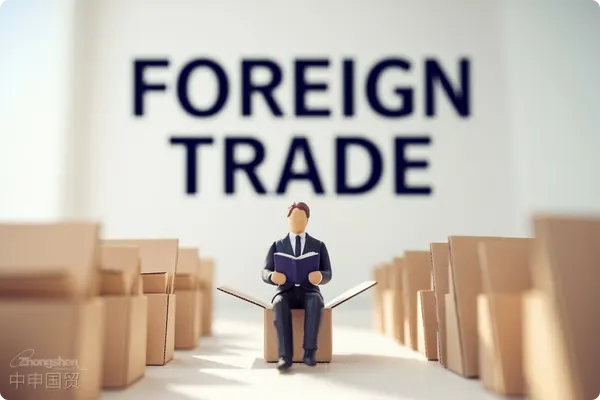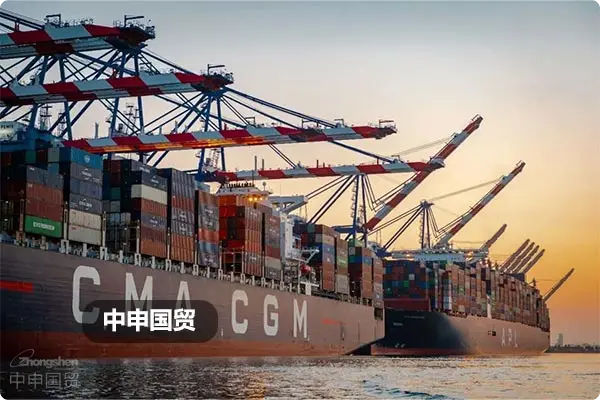- Shanghai Zhongshen International Trade Co., Ltd. - Two decades of trade agency expertise.
- Service Hotline: 139 1787 2118
In the context of global trade, the customs clearance process becomesInternational Logisticsa critical link. Particularly for exports to overseas markets such as the U.S., customs clearance delays are often a challenge faced by businesses and individuals. This article aims to provide practical guidance on how to reduce customs clearance delays, including pre-clearance preparations for the U.S., the clearance process, common causes of delays, and methods to address these issues.
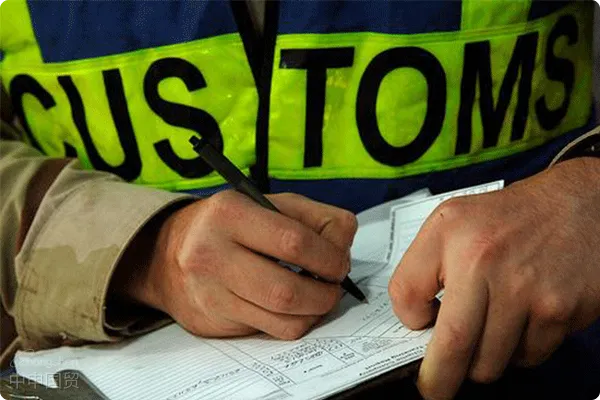
Pre-Clearance Preparations for the U.S.
Prepare a Detailed Cargo Manifest
The manifest should include detailed information such as the name of the goods, quantity, unit price, total value, origin, mode of transport, and destination. This helps customs quickly understand the specifics of the goods, reducing potential questions or misunderstandings.
Provide a Power of Attorney with Customer Information
Customers need to provide accurate company names, tax identification numbers, addresses, and other details. The accuracy of this information is crucial for smooth customs clearance.
Comply with Importer Security Filing (ISF) Requirements
U.S. Customs requires importers to submit 10 items of import data to customs 24 hours before shipment. This requirement aims to notify customs of the basic information of the goods in advance, helping to expedite the clearance process.
Follow Country of Origin Marking Regulations
All goods entering the U.S. must prominently display the country of origin, such as Made in [Country Name]. This is not only a legal requirement but also a consumer right to know.
Submit an Automated Manifest System (AMS) Filing
According to U.S. Customs regulations, all goods shipped to the U.S. must be declared 24 hours before shipment; otherwise, the goods cannot be loaded.
The U.S. Customs Clearance Process
Pre-Declaration
Before exporting the goods, submit the manifest and documents to customs officials for verification. The accuracy of this step is crucial for the entire clearance process.
Cargo Inspection
Customs will review the goods for safety, legal compliance, quality, etc. This step may vary depending on the type of goods.
Pay Taxes and Duties
Pay the corresponding duties and taxes based on the type and quantity of goods. This step is typically executed according to specific customs regulations.
Clearance and Release
Goods that have gone through the clearance process will pass through customs ports and enter the destination country or region.
Common Causes of Customs Clearance Delays and Solutions
Customs Inspection
U.S. Customs conducts strict inspections of imported goods. Solution: Ensure all goods comply with U.S. Customs import standards, especially regarding prohibited items or quantity restrictions.
Incomplete Documentation
Incomplete or non-compliant documents may cause customs clearance delays. Solution: Provide complete and accurate documents that meet customs requirements.
Port congestion
Congestion at the destination port or force majeure factors may affect customs clearance time. Solution: Whenever possible, choose ports with efficient clearance procedures or plan the shipping schedule in advance.
Trade barriers
Trade barriers in the importing country may increase customs clearance time and costs. Solution: Research the destination countrys trade policies and related taxes/fees in advance.
Solutions for Detained Goods
Inaccurate customs declaration
Provide more accurate information or replace the customs declaration personnel.
Tax payment issues
Negotiate tax payments or deposits with customs promptly.
Failed inspection and quarantine
Re-submit declarations to the inspection and quarantine department or add follow-up trade procedures.
Customs clearance is an indispensable part of international trade, especially for goods exported to the United States. Through careful preparation and adherence to clearance procedures, customs delays can be significantly reduced, ensuring smooth delivery of goods to their destination.
Related Recommendations
? 2025. All Rights Reserved. 滬ICP備2023007705號-2  PSB Record: Shanghai No.31011502009912
PSB Record: Shanghai No.31011502009912
